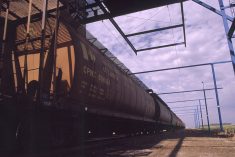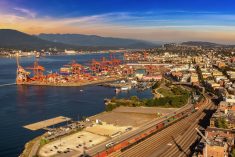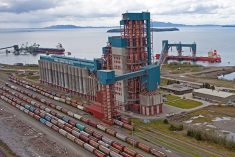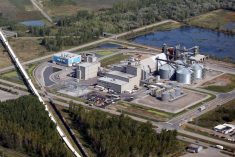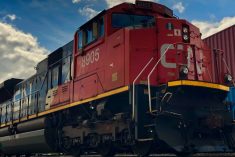Canada’s big two railways expect repair work to continue into at least next week before service can resume through storm-battered areas of British Columbia to export terminals at Vancouver.
Both railways, along with several major B.C. highways, have been shut this week due to damage from flooding and landslides spurred by a major multi-day storm over the region, cutting access to and from Canada’s busiest port at Vancouver. Floodwaters have receded in some affected areas as rainfall ended later in the week.
Read Also
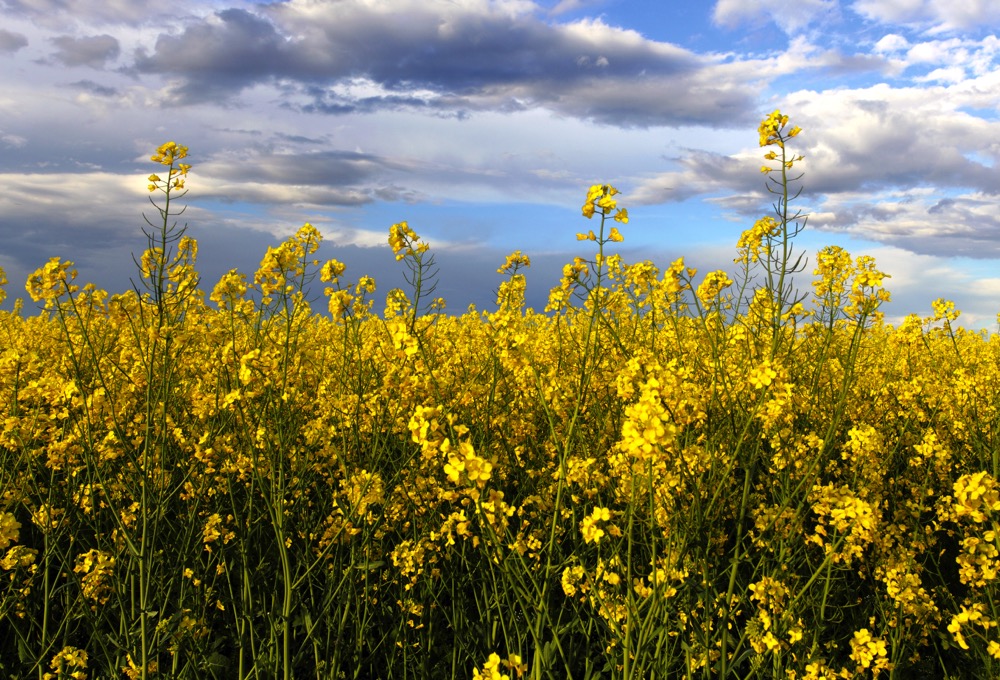
ICE Weekly: No upside for canola if China situation continues: trader
Tony Tryhuk of RBC Dominion Securities said canola should stay rangebound if Canada’s trade war with China continues.
Canadian Pacific Railway, in an emailed statement Friday, said work continues “around the clock” on its Kamloops-to-Vancouver corridor, with about 20 separate sections of track already cleared or repaired.
“Work will continue through the weekend and, barring any unforeseen issues, we currently estimate service will be restored mid-week,” CP said.
CN, in a separate statement via email Friday, said traffic through southern B.C., northbound and eastbound traffic from Vancouver and inbound traffic to Vancouver from east and north of Kamloops are “still affected by the situation and we expect the repair work to continue at least into next week.”
That said, traffic to and from another West Coast bulk port, Prince Rupert, is “not directly impacted,” and CN said it’s “working with customers and the Port of Prince Rupert to utilize the available capacity.”
The Prince Rupert Port Authority, in a separate statement Wednesday, said a “number of terminals” at the CN-served port “currently have the ability to handle additional cargo and are actively engaged with shippers and CN to assist in facilitating the movement of critical goods, supplies and trade.”
Facilities at Prince Rupert include Prince Rupert Grain, a 202,000-tonne capacity bulk grain terminal, and Fairview Container Terminal, a 74-acre intermodal container site.
‘Somewhat in flux’
The Ag Transport Coalition, in its weekly update Friday on the big two railways’ grain handling performance up to week 15 (Nov. 7-13) of the shipping year, projected lower demand for rail service ahead in week 17, due specifically to the rail mainline outages that hit at the beginning of week 16.
The ATC said its projections are still “somewhat in flux at this time, recognizing that CN has yet to identify a timeline for service resumption and some CN-served shippers are evaluating opportunities for diverting traffic to the Port of Prince Rupert.”
Rail service demand from the grain sector was already lower before the storm, the two railways said separately. Neither mentioned a specific reason, but Prairie grain and oilseed production is expected to be well down in 2021 due to prolonged drought in several areas.
CN, in its own report on grain handling in week 15, said terminals at Prince Rupert and Vancouver had already seen reduced unloads and out-of-car time due to “light inbound orders as a result of reduced demand.”
Specific Vancouver terminals in week 15, before the storm, were also impacted by “storage space issues due to the inability to load vessels in rain,” CN said.
CP, in its grain supply chain scorecard for week 14, said rail car demand to date had been “well below capacity. As a result, CP has begun placing hopper cars into storage.”
‘Essential goods’
Meanwhile, highway repair crews have also worked “around the clock” and a route into the province’s southern Interior, via Highways 7 and 3, is now open for movement of goods and people travelling, but for “essential purposes only,” the province said Friday.
That said, parts of several major highways including 1, 3, 5, 7, 8 and 99 are still affected by flooding, washouts, mudslides and/or other obstructions and remained closed to traffic as of Friday.
Among the types of vehicles deemed “essential” along the Highway 7 and 3 route are agricultural and farm-use vehicles, including those “supporting flood response,” as well as vehicles of veterinarians “supporting flood response.”
Under the provincial Emergency Program Act, essential vehicles will still have unrestricted access to fuel, mainly using cardlock stations — whereas the general public will still be able to buy fuel for “non-essential” vehicles at retail stations, but purchases will be limited to 30 litres per trip to the station.
As part of the provincial order, gas retailers will be required to make sure remaining gasoline reserves last until Dec. 1.
Allowable reasons for essential travel on the designated route include “transporting livestock, agricultural or seafood products and supplies,” “livestock producers returning to a farm to provide care for animals” and transport of “food, water and other beverages.”
Checkpoints will be in place and travel restrictions will be enforced, the province said.
Drivers using that route should expect sections of single-lane alternating traffic on Highway 7 and three sections of single-lane alternating traffic on Highway 3 east of Hope, the province added.
“Delays will be significant, given the amount of essential goods to be delivered and the many people eager to complete their trips home.”
To “help the movement of essential goods” along that route, drivers are nevertheless “strongly encouraged” to wait an extra day or two to travel if possible.
Non-essential travel is specifically prohibited on:
- Highway 99, from its junction at Lillooet River Road to the BC Hydro Seton Lake Campsite access at Lillooet, and only passenger vehicles and commercial vehicles up to 14,500 kg will be allowed;
- Highway 3, from its junction with Highway 5 at Hope to the west entrance to Princeton; and
- Highway 7, from its junction with Highway 9 at Agassiz to its junction with Highway 1 at Hope.
The province said its order on fuel sales applies to all fuel suppliers in the Lower Mainland-to-Hope region, the Sea-to-Sky region, Sunshine Coast, the Gulf Islands and Vancouver Island.
“These steps will keep commercial traffic moving, stabilize our supply chains and make sure everyone gets home safely,” provincial Public Safety Minister Mike Farnworth said in a release.
“We are asking people not to travel through severely affected areas — for their own well-being, but also to make sure the fuel we do have goes toward the services people need in this time of crisis.” — Glacier FarmMedia Network





